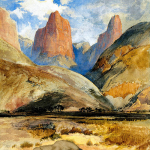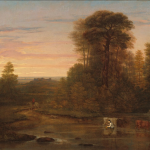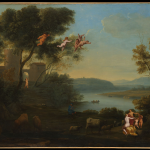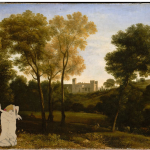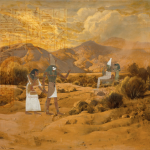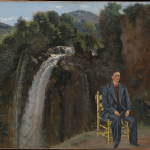introduction
This exercise focuses primarily on the skill of critique. As landscape architecture students, we regularly give and receive feedback on our work; in addition, our work very often acts as a critique of dominant cultural values. The art of critique, however, is rarely explicitly taught in design education. In addition to making us a helpful asset to our colleagues, learning how to critique well allows us to further understand and implement the critique given to us. It helps us evaluate and describe our own work more clearly to others. As Jacky Bowring explains in Teaching Design Critique, “Criticism is not merely an act of passing judgement, but rather it is about becoming part of the conversation about a design. It involves developing a nimbleness with theory, and of a heightened awareness of one’s own position in relation to theory.”
In this exercise we will be asked to “read” an image through different lenses. We can use whatever skills are available to us; consider your academic background, art/design knowledge, and outside interests. Can we leverage our knowledge of composition, colour theory, and landscape to draw conclusions about what the image is doing? Can we critically view an image through the eyes of a historian, a botanist, a feminist?
Desired outcomes: intuition, the art of critique
Methods: visual analysis
materials
- One piece of classical or contemporary figurative (not abstract) landscape painting, digital
- One piece of classical or contemporary figurative (not abstract) painting depicting the human body, digital
- Photoshop or similar
- *Digital art archives can be found at
instructions
- Using Photoshop or similar, spend 15 minutes recontextualizing the 2 pieces of art by placing the figure into the landscape. Consider composition, colour, lighting, scale, context (historical, allegorical, etc.)
- Swap drawings with a partner. Spend 20-30 minutes critiquing the drawing through various lenses (art historical/ phenomenological/ feminist/ ecological/ formalist/ etc.). How do we read the landscape differently with the figure in it? How do we read the figure differently when put in the landscape? Does the composition “work” – does the figure seem to fit in its landscape? What does the difference in styles between the 2 components do to the composition?
reflection questions
- Which theoretical lenses of critique do you tend to gravitate toward (formalism, feminism, phenomenology, emotion)?
- Critique can be normative (evaluation – does it work, is it functional), interpretive (framework for reading design, new impression of work), or descriptive (situates work within its context). Which critique strategy do you tend to use?




